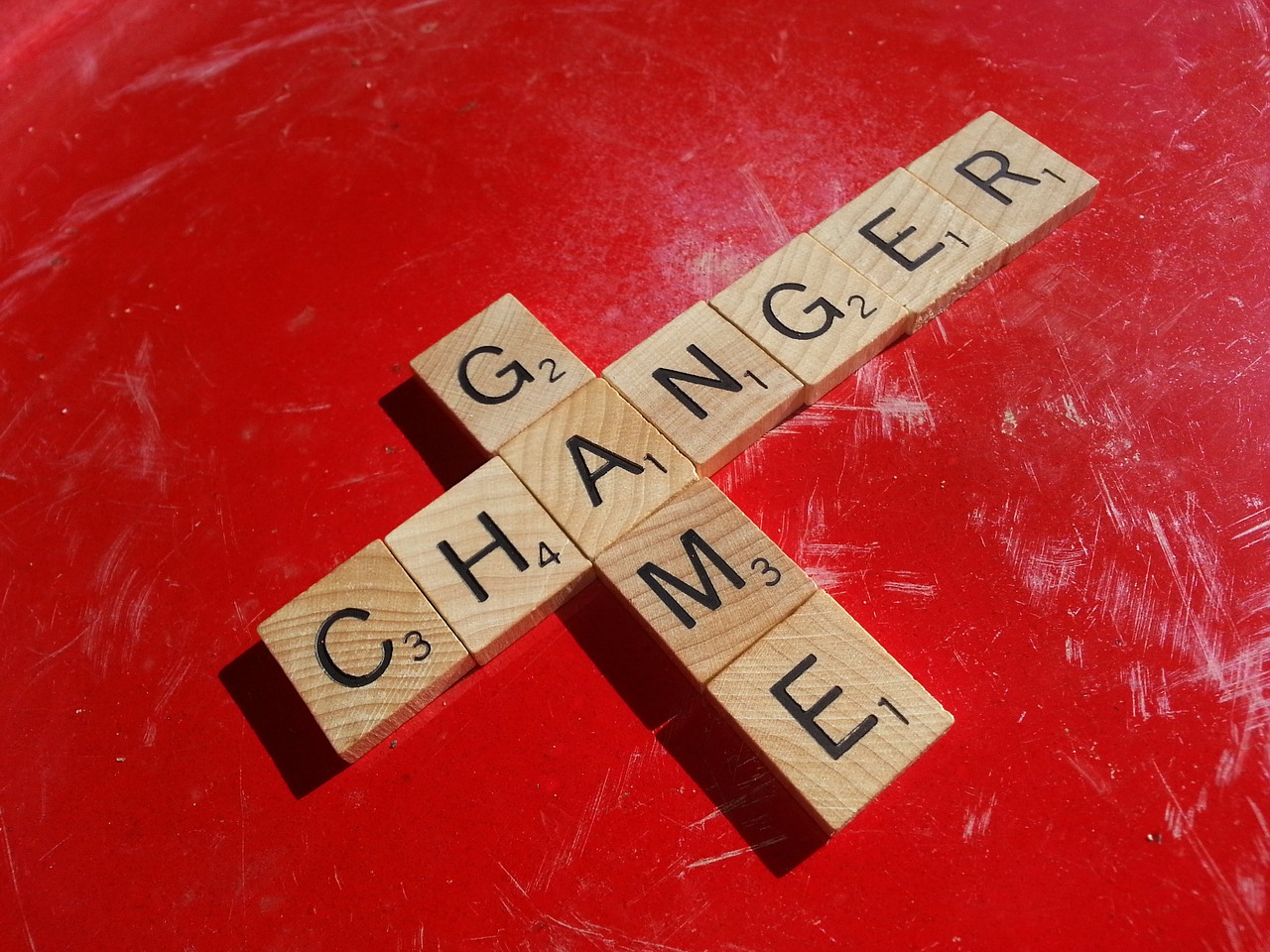I recently attended some wonderful visual facilitation training at the Grove in San Francisco. An exceptional experience, highly recommended to any facilitator. Contact me for details where to stay, and where not to wander! Anyhow, part of the fun was spending three days batting around ideas with like-minded colleagues from around the planet.
One of the oddest things, to the ears of our newfound friends, was our recipe for success: one part structure, two parts chaos. Many of our fellow facilitators follow time-tested (dare I say “structured”?) processes that took groups through a day, one clearly delineated step at a time. Our many small and large interventions for inserting chaos, willingly, into the process, opened up a lot of curiosity.
Elsewhere on this site, you can read about some of the rather unconventional methods we use to arouse curiosity and enable fundamental change when we work with human systems, many of which add a good dose of chaos into the environment. We do things like avoid introductions, tables and name tags like the plague. Every room we work in receives hours of prep time so that when a participant walks into a room, they get a very “Toto, we’re not in Kansas anymore” sort of a feeling.
Our events look nothing like what most people are used to when they show up at a conference or a workshop. The missing tables, and the fact that we would really rather they left their electronics holstered, are the first obvious clue. It’s disconcerting for many. In particular, not having those tables to hide behind really spooks some clients.
But what follows is a gradual calming and an appreciation of intentionality – that absolutely everything in the room has a purpose – even if they don’t know what that purpose might be.
Context vs. Content
There is no room for structural disarray in our events, and part of the job of a coLead (yes, and of a Lead) is to be continuously caring for the environment, keeping chairs in alignment, coffee cups off the floor, etc.
The structure, the context of the event, is what underlies all of the activity. The orderly physical space is mirrored by an orderly methodology, be it visible only in the mind’s eye of the Lead who is running the process.
The content, on the other hand, is absolutely unknowable. If you knew the content, the decisions and outcomes…you wouldn’t NEED facilitators. You’d just get on with doing what needs to be done. But you don’t know – that’s why you engaged us. So the day starts, and you trust that we, and our methodology, will enable clarity that doesn’t current exist.
When we walk into a room to engage a human system in conversation, we have some concept of the problem statement. We do pre-work with our core client team to get general directionality, and to get some idea of the puzzle we are hoping to solve. Even the client’s intention question is up for discussion most of the time.
But then what happens? What will the group discuss? What will they decide? What information will they need and how will we make it available? All that and more is up for grabs.
Travelling Light…NOT!
When we do a large event (50-500 participants) with our mobile kit, all of the “stuff” fills a van, and I’m told it weighs several thousand pounds. Like a plumber or an electrician working on a job site, we travel with some version of every tool we own. Because, in a moment of insight, we often wind up doing something that wasn’t in our original plan.
We expect that. We call it “being prepared to be surprised.” Surprises will happen. And that’s okay. Just be ready for them.
As recently as a couple of months ago, I released a team for a well-deserved lunch break after a hard morning’s work. I wished them much enjoyment and laughter, and told them we’d start again at 13:30, or as soon thereafter as everyone was ready to start.
As the door closed behind the last participant, my coLead turned to me and said… “so…what ARE we doing with them when they get back from lunch?” “I don’t know yet,” was my response, “but I do know that those coffee cups aren’t going to move off the tables without our help.”
By the time the participants returned to the room, the environment, the structure, was immaculate once more, and I had hand-crafted the next exercise, which enabled them to work on their puzzle from a different angle, solve some missing bits, and continue moving forward.
Embracing Chaos
To work on the edge, to enable teams to create the game changers, to enable human systems to go places they haven’t gone before, you need to embrace chaos – a lot of chaos – and welcome it into the room. Prepare the underlying structure, follow the principles and work in service of the human system, but trust in chaos.
Innovation, breakthroughs, fundamental changes in understanding and beliefs…these things are born in moments of profound insight, moments of pure chaos.
Oh, did I mention? We don’t “stick to” agendas either.

